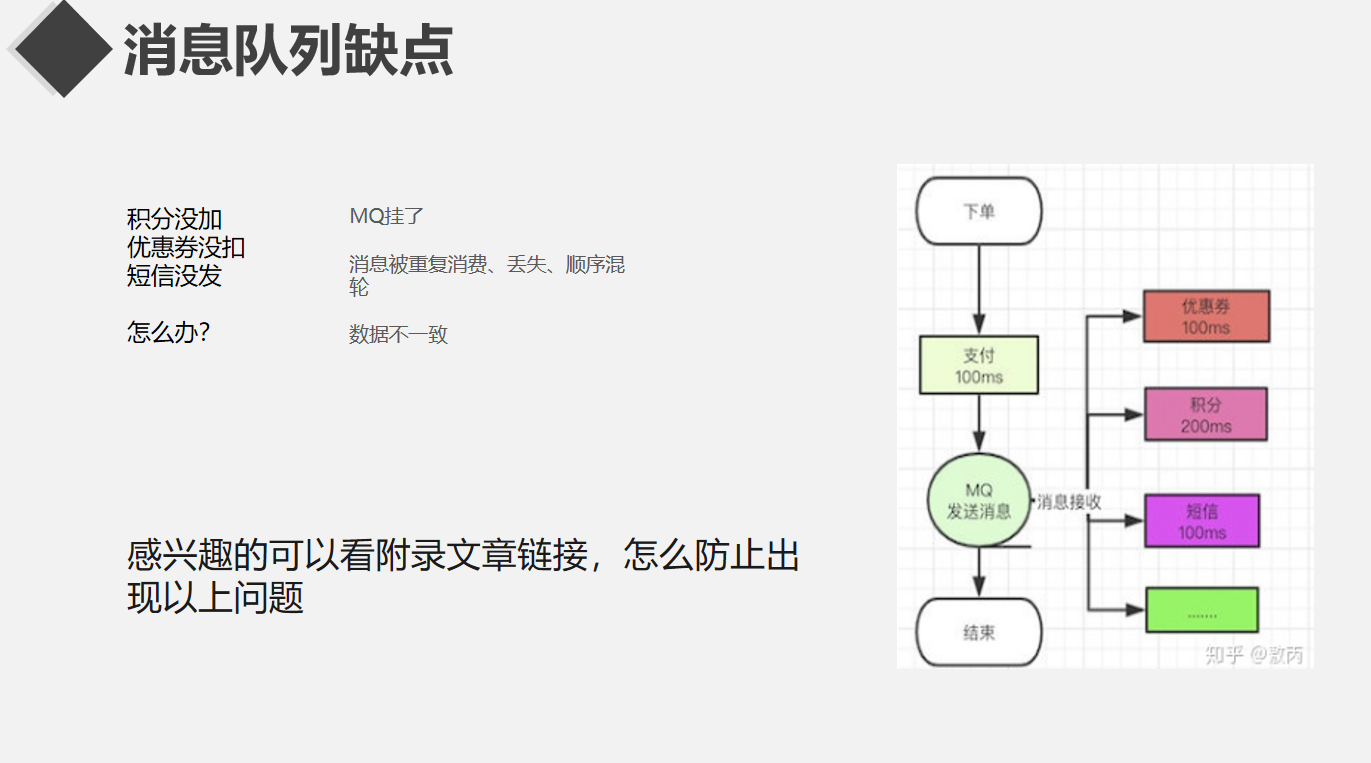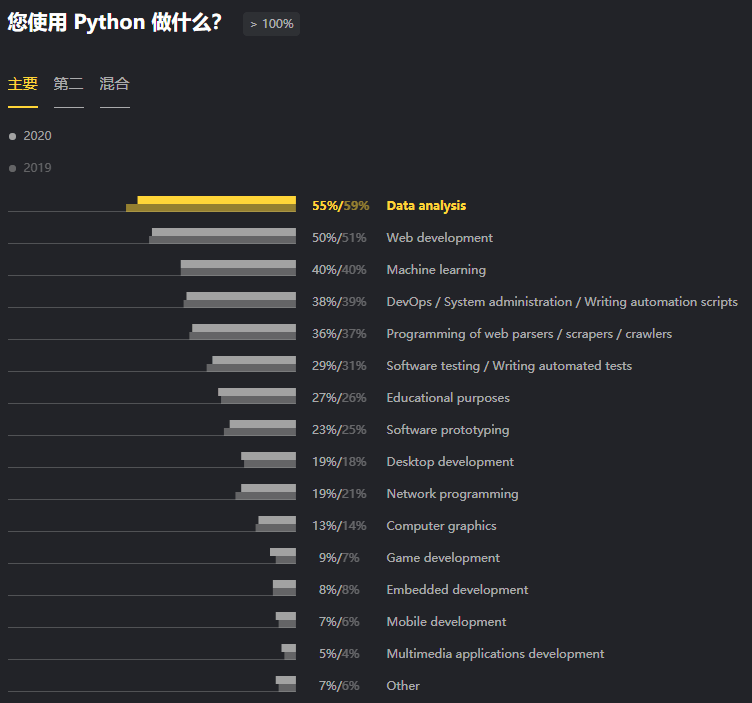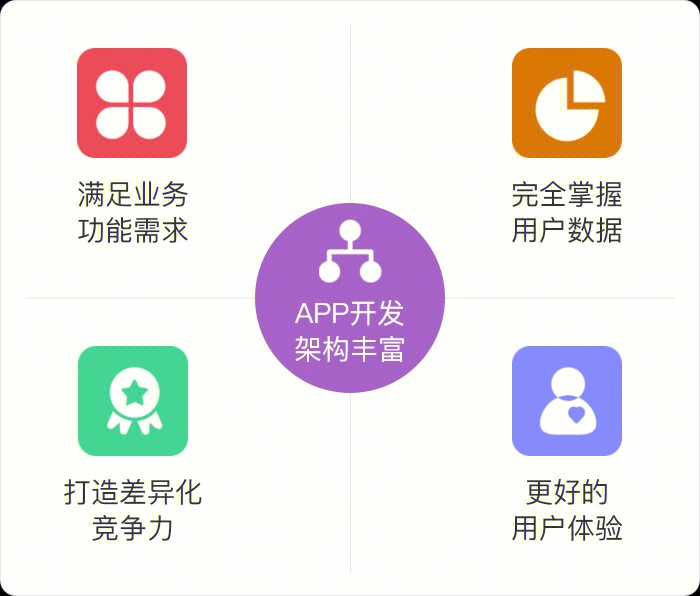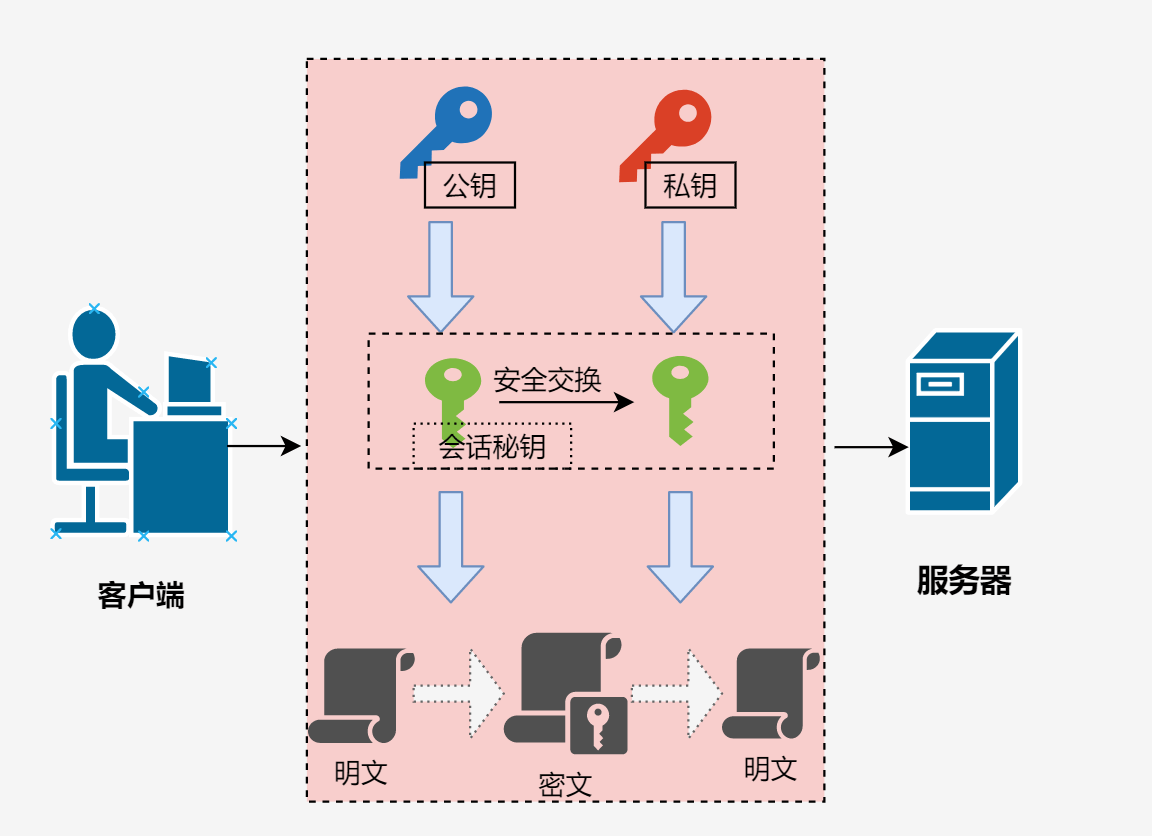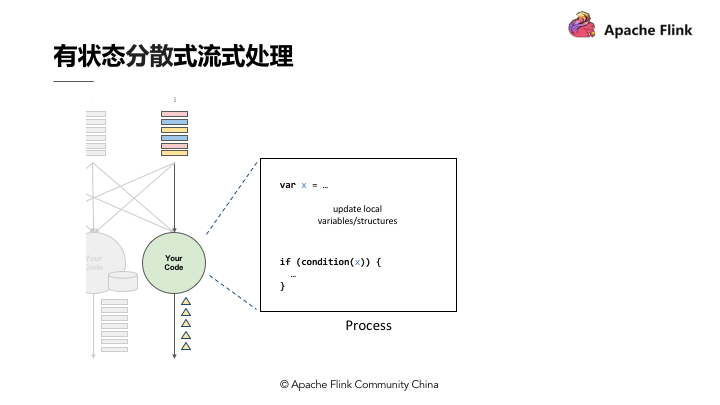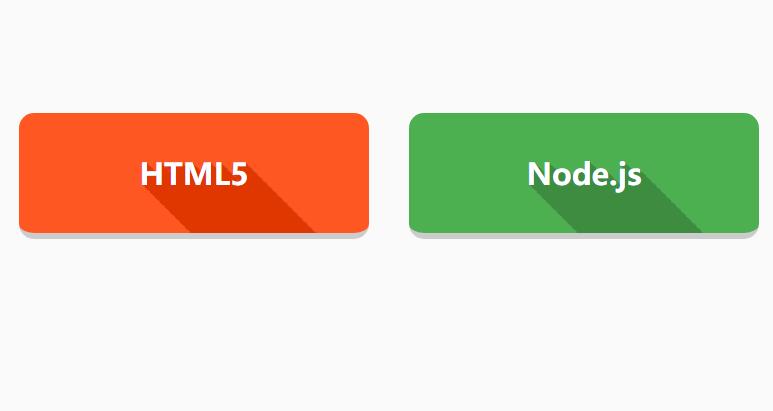上一篇
按键向服务器发一个消息
- 行业动态
- 2025-05-14
- 5
按键触发事件监听,捕获操作后通过AJAX/Fetch API向服务器发送异步请求,携带消息
前端按键触发消息发送
通过监听键盘事件或按钮点击事件,触发向服务器发送消息的逻辑。
| 步骤 | 实现方式 |
|---|---|
| 绑定事件监听器 | 使用 addEventListener 监听 keydown、click 等事件。 |
| 获取用户输入 | 通过 event.key 或按钮的 data- 属性获取按键或按钮对应的值。 |
| 构造请求数据 | 将数据封装为 JSON 或 URL 参数。 |
| 发送请求 | 使用 fetch、XMLHttpRequest 或 WebSocket 发送数据到服务器。 |
示例代码(Fetch API):
document.addEventListener('keydown', function(event) {
if (event.key === 'Enter') { // 监听回车键
const data = { message: 'Hello Server', timestamp: Date.now() };
fetch('/api/message', {
method: 'POST',
headers: { 'Content-Type': 'application/json' },
body: JSON.stringify(data)
})
.then(response => response.json())
.then(result => console.log('Server Response:', result))
.catch(error => console.error('Error:', error));
}
});后端接收与处理消息
服务器需配置接口接收前端发送的数据,并返回响应。
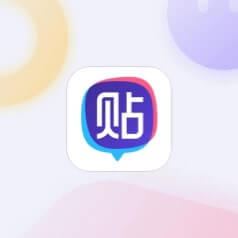
| 技术栈 | 实现示例(Node.js/Express) |
|---|---|
| 创建路由 | app.post('/api/message', (req, res) => { ... }) |
| 解析请求体 | 使用 body-parser 或 express.json() 解析 JSON 数据。 |
| 处理业务逻辑 | 存储数据、记录日志或触发其他服务。 |
| 返回响应 | 发送 JSON 格式的响应(如状态码、处理结果)。 |
示例代码(Node.js):
const express = require('express');
const app = express();
app.use(express.json()); // 解析 JSON 请求体
app.post('/api/message', (req, res) => {
console.log('Received message:', req.body);
// 模拟数据库存储
const saved = true; // 假设存储成功
res.json({ success: saved, message: 'Message saved' });
});
app.listen(3000, () => console.log('Server running on port 3000'));方法对比与选择
根据需求选择不同的技术方案:
| 场景 | 推荐方案 | 优点 | 缺点 |
|---|---|---|---|
| 简单请求(无持续连接) | fetch + REST | 易于实现,兼容性好 | 每次请求需重新建立连接 |
| 实时双向通信 | WebSocket | 低延迟,服务器可主动推送消息 | 复杂度较高,需维护连接 |
| 兼容旧浏览器 | XMLHttpRequest | 支持 IE11+ | 代码较繁琐,需手动处理Promise |
相关问题与解答
问题1:如何处理网络错误或服务器异常?
解答:
在前端请求中,需通过 .catch 捕获错误,并根据状态码或错误信息进行重试或提示用户。
fetch('/api/message')
.then(response => {
if (!response.ok) throw new Error('Network response was not ok');
return response.json();
})
.then(data => console.log(data))
.catch(error => alert('发送失败,请检查网络或稍后重试'));问题2:如何支持 IE11 等旧浏览器?
解答:
使用 XMLHttpRequest 替代 fetch,或引入 polyfill(如 whatwg-fetch),示例:
var xhr = new XMLHttpRequest();
xhr.open('POST', '/api/message');
xhr.setRequestHeader('Content-Type', 'application/json');
xhr.send(JSON.stringify({ message: 'Hello' }));
xhr.onload = () => console.log(xhr.response);
